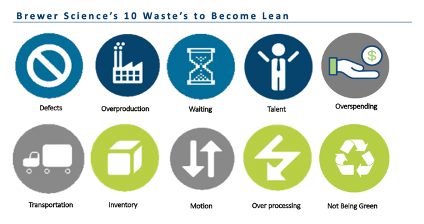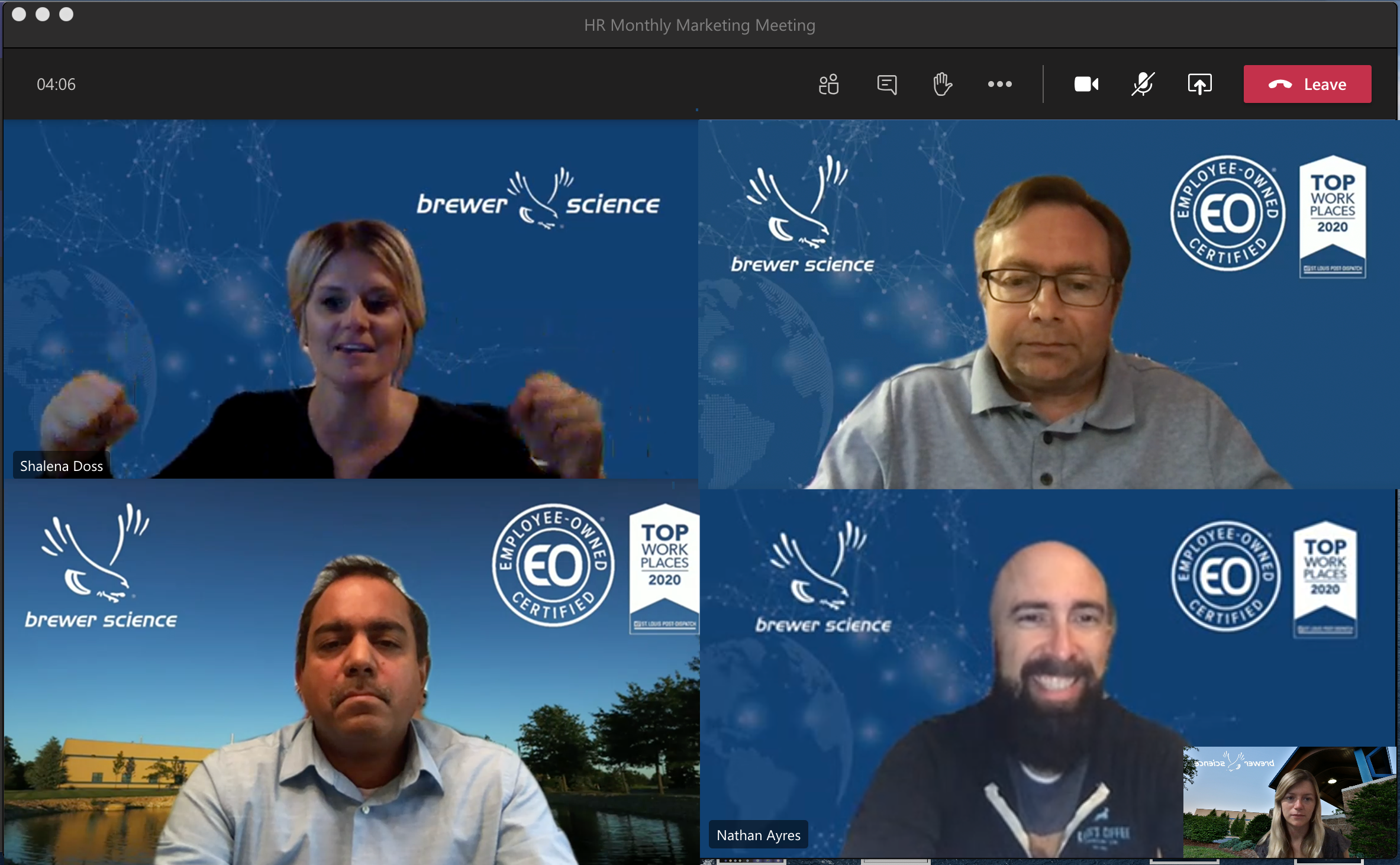What happens when a big problem pops up? For most of us, our first reaction is, “Quick! Let’s fix it and make this problem go away.” However, if we rush to fix the problem too quickly, we may end up implementing a “solution” or “quick fix” that doesn’t solve anything because we didn’t take the time to truly identify and understand the root cause of the problem itself.
One way we can keep ourselves from falling into this trap is by having a formal structured problem-solving (SPS) process in place. Then, when problems do occur, we know exactly what steps to take to help ensure that our solution really will “make it go away.” While there are different variations to an SPS (8D, 5Why, DMAIC, etc.), they all follow the same basic steps.
1. Define the Problem
It is important to write a problem statement that is easily understood and is stated purely in terms of measurable or observable symptoms. At this point, there should be no mention of suspected causes or possible solutions. We just need to know what the problem is. A good problem statement might look something like this: “High (greater than 8 ppb) trace metals in one of our hardmask products are causing unacceptably high defect counts with our most important customer. We will lose this business if we cannot correct the problem by the end of the year.”
2. Describe the Current Situation
We do this by examining data that is readily available. In our hardmask example, we would collect batch data to identify the specific batches with the elevated defects and then study this data to see what they have in common. Were they all made in a particular manufacturing location or on the same equipment set? Did they all use the same lots of the raw materials? By identifying where the problem is occurring, and where it is not occurring, we begin to zero in on what is causing our problem.
3. Identify Possible Causes
To identify possible causes, we should gather the team and brainstorm all potential causes that come to mind. Once we’ve exhausted all possibilities, we can then start systematically ruling items out. This is the most time-consuming, but one of the most vital steps in the process as we take each potential cause and work to rule it out. We must keep working until we have eliminated everything but the root cause.
4. Verify Root Cause
When we think that we have identified the true root cause, we need verify that it is the root cause by testing out our theory. For our hardmask example, let’s say that we believe that the root cause is due to a bad batch of one of the raw materials. We can test our theory by making a new batch with everything the same except for a new batch of the suspect ingredient. If the defect levels are back to normal, that’s a good indication that we have confirmed our root cause.
5. Implement Solution
After we’ve identified the root cause, we implement a solution to remedy the issue, standardizing our solution and making the change permanent. This could mean updating specifications, writing new training materials, updating training packages or updating the FMEA. In the case of our hardmask example, we would need to create specifications and appropriate testing methods that will alert us that a batch of raw material is bad before we use it.
6. Monitor for Success
After the solution has been implemented, test data can then be created to find which solutions offer the best improvements. In the case of our hardmask example, we would run test batches to make sure that we have the correct solution in place. Measurements should also be taken on a scheduled basis to continue to confirm that the solution is still valid, making updates if and when needed.
To stay up to date on industry hot topics, subscribe to the Brewer Science blog. You can also stay up to date on Brewer Science industry events, topics and news by following us on Twitter, YouTube, LinkedIn, or Facebook.





Subscribe to Our Blog